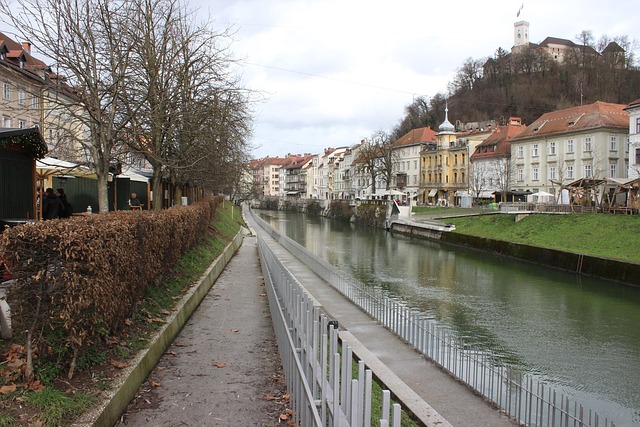Karachi's Cantt area struggles with severe traffic congestion due to high population density, complex road networks, and peak-hour vehicular jams on key routes like I-10 and M.A. Jinnah Road. Data analysis reveals recurring bottlenecks at intersections, such as Main Highway and College Road. Strategic solutions including bus lanes, intelligent signals, alternative routing, smart city tech, dynamic pricing, public transport promotion, and future autonomous vehicles can significantly alleviate these issues, improving mobility for residents and visitors in this dynamic Karachi neighborhood.
In the heart of Karachi, the Cantonment (Cantt) area faces persistent traffic congestion, impacting residents and businesses. This article delves into the complex web of factors contributing to this challenge, from understanding unique traffic patterns in Cantt to identifying the root causes behind frequent jams. We explore promising solutions and future prospects for enhancing traffic management, aiming to offer a comprehensive guide to navigating Karachi’s urban mobility issues.
- Understanding Traffic Patterns in Karachi's Cantt Area
- Challenges and Causes of Congestion in Cantt
- Potential Solutions and Future Prospects for Efficient Traffic Management
Understanding Traffic Patterns in Karachi's Cantt Area

Karachi’s Cantt area, a vibrant and bustling part of the city, presents unique traffic challenges due to its dense population and complex road network. Understanding the region’s traffic patterns is crucial for efficient navigation and addressing congestion. The area’s roads often experience heavy vehicular volume during peak hours, particularly along main thoroughfares like I-10 and M.A. Jinnah Road. These routes serve as vital arteries connecting various parts of Karachi, making them prone to slowdowns and jams.
By analyzing historical traffic data, authorities can identify recurring congestion hotspots. For instance, the intersection of Main Highway and College Road has long been known for its chaotic traffic flow. Implementing strategic solutions like dedicated bus lanes, intelligent traffic signals, and alternative routing options could help alleviate these issues. Understanding Cantt’s unique traffic dynamics is essential in enhancing overall mobility and ensuring a smoother experience for residents and visitors alike within this vibrant Karachi neighborhood.
Challenges and Causes of Congestion in Cantt

The bustling metropolis of Karachi, with its ever-growing population and expanding urban landscape, faces significant challenges when it comes to traffic management, particularly in areas like Cantt. One of the primary issues is congestion, which has become a ubiquitous problem on the city’s roads. The main causes of this congestion are multi-faceted. Firstly, the rapid urbanization has led to an influx of vehicles, causing an uneven distribution of road infrastructure. This results in critical bottlenecks during peak hours, especially at major intersections and arterial roads.
Additionally, inadequate traffic signal timings, lack of proper lane markings, and insufficient parking spaces contribute to the mayhem. The dense network of public transport, including buses and rickshaws, also plays a role, often sharing the road with private vehicles, leading to chaotic driving conditions. In light of these challenges, addressing congestion in Cantt requires a comprehensive approach that involves revamping traffic signal systems, implementing intelligent transportation solutions, and promoting public awareness about responsible driving practices.
Potential Solutions and Future Prospects for Efficient Traffic Management

In Karachi, potential solutions to enhance traffic management include adopting smart city technologies such as real-time traffic monitoring and adaptive signal control systems. These technologies can help optimize traffic flow, reduce congestion, and improve overall efficiency. Implementing dynamic pricing for parking and promoting public transportation through efficient routes and enhanced infrastructure can also encourage a shift from private vehicles, further alleviating traffic congestion.
Looking ahead, the future of traffic management in Karachi holds promise with advancements in autonomous vehicles and connected transportation systems. These innovations could lead to smoother traffic patterns, reduced accidents, and more optimized routes. Additionally, integrating ride-sharing platforms and developing comprehensive mobility apps can provide users with better information and alternatives, ultimately contributing to a more efficient and sustainable transport network for the city.
The complex traffic dynamics of Karachi’s Cantt area, characterized by understanding its unique patterns, identifying congestion causes, and exploring innovative solutions, offer a glimpse into the city’s evolving transportation landscape. By addressing these challenges, the implementation of efficient traffic management strategies can significantly enhance mobility in this bustling part of Karachi, improving the overall quality of life for its residents and visitors alike.
